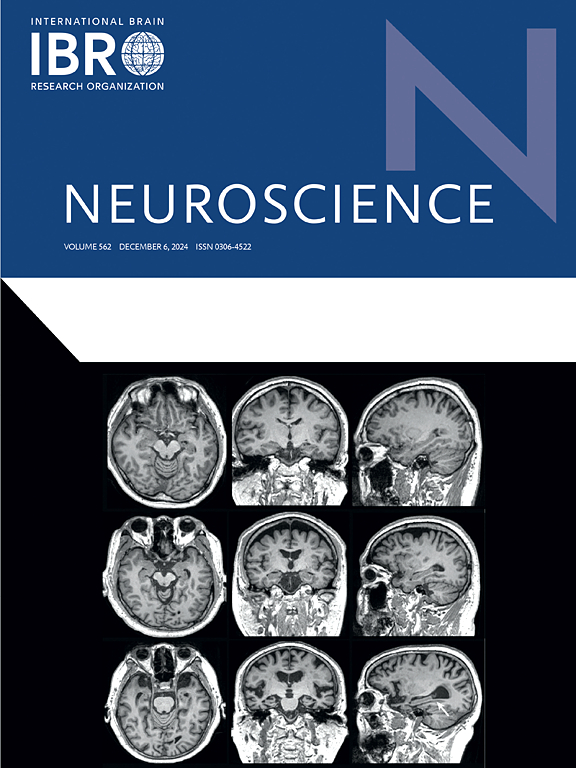Characteristics of the cortico-striato-thalamo-cerebellar structural covariance network in Meige syndrome
IF 2.9
3区 医学
Q2 NEUROSCIENCES
引用次数: 0
Abstract
The traditional perspective posits that Meige syndrome is a movement disorder primarily attributed to basal ganglia dysfunction. With advancements in neuroimaging technology, particularly the advent of high-resolution magnetic resonance imaging (MRI), numerous morphometric studies have unveiled subtle alterations in whole-brain gray matter structure. Consequently, the conceptualization of Meige syndrome as a network disorder has gained increasing acceptance. Prior research has indicated that cortico-subcortical structural connectivity changes are implicated in movement disorders and appear to contribute to disease development and progression. However, the organizational pattern of cortico-subcortical structural networks in Meige syndrome remains poorly understood. In this study, we analyzed morphometric MRI data from 46 patients with Meige syndrome and 46 healthy controls (HC) using a Winner-take-all (WTA) strategy to construct a cortico-striato-thalamo-cerebellar (CSTC) structural covariance network with five cortical partitions. Structural covariance networks corresponding to each cortical partition were compared via permutation tests, and the modular effects of disease duration on these networks were examined, Our findings reveal the heterogeneity of cortico-subcortical structural covariance network characteristics across different cortical regions and elucidate the disruption process of cortico-subcortical structural connectivity over extended time scales, with particular susceptibility observed in the thalamus. This study provides novel imaging evidence for understanding the pathophysiological mechanisms underlying the occurrence and progression of Meige syndrome.

Meige综合征皮质-纹状体-丘脑-小脑结构协方差网络的特征
传统观点认为Meige综合征是一种主要由基底神经节功能障碍引起的运动障碍。随着神经成像技术的进步,特别是高分辨率磁共振成像(MRI)的出现,许多形态测量学研究揭示了全脑灰质结构的细微变化。因此,Meige综合征作为一种网络障碍的概念越来越被接受。先前的研究表明,皮质-皮质下结构连通性的改变与运动障碍有关,似乎有助于疾病的发展和进展。然而,Meige综合征中皮质-皮质下结构网络的组织模式仍然知之甚少。在这项研究中,我们使用赢者通吃(WTA)策略分析了46例Meige综合征患者和46例健康对照(HC)的形态测量MRI数据,构建了皮质-纹状体-丘脑-小脑(CSTC)结构协方差网络,该网络具有5个皮质分区。我们的研究结果揭示了皮质-皮质下结构协方差网络特征在不同皮质区域的异质性,并阐明了皮质-皮质下结构连通性在长时间尺度上的破坏过程,在丘脑中观察到特别的易感性。本研究为了解Meige综合征发生发展的病理生理机制提供了新的影像学依据。
本文章由计算机程序翻译,如有差异,请以英文原文为准。
求助全文
约1分钟内获得全文
求助全文
来源期刊

Neuroscience
医学-神经科学
CiteScore
6.20
自引率
0.00%
发文量
394
审稿时长
52 days
期刊介绍:
Neuroscience publishes papers describing the results of original research on any aspect of the scientific study of the nervous system. Any paper, however short, will be considered for publication provided that it reports significant, new and carefully confirmed findings with full experimental details.
 求助内容:
求助内容: 应助结果提醒方式:
应助结果提醒方式:


